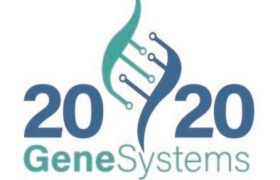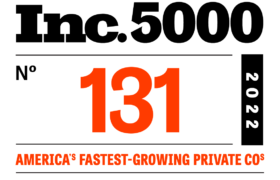Recommendations for Follow Up After OneTest™
Breast Cancer
Elevated Biomarkers
CA 15-3
Symptoms:
- Lump or mass in the breast or underarm area
- Changes in breast size, shape, or appearance
- Changes in the skin over the breast, such as dimpling or puckering
- Nipple changes, such as inversion, discharge, or scaling
- Redness or swelling of the breast or nipple
- Breast pain or tenderness
Signs:
- Visible or palpable lump or mass in the breast or underarm area
- Changes in breast size, shape, or appearance
Risk Factors
- Gender: Breast cancer is more common in women, but it can also occur in men.
- Age: The risk of breast cancer increases with age, with most cases occurring in women over 50.
- Family history: Having a first-degree relative (mother, sister, or daughter) with breast cancer increases the risk
- Personal history: A previous diagnosis of breast cancer or certain benign breast conditions increases the risk
- Genetic mutation: Inherited mutation in the BRCA1 and BRCA2 genes increase the risk
- Hormone replacement therapy (HRT): Long-term use of HRT containing estrogen and progesterone increases the risk
- Reproductive factors: Early menstruation, late menopause, and never having children or having the first child after age 30 increase the risk
- Alcohol consumption: Regular alcohol consumption increases the risk
- Obesity: Being overweight or obese increases the risk, especially after menopause.
Other Screening Tools:
- Mammography: Recommended every 1-2 years for women aged 40 or older. It is the gold standard for breast cancer screening.
- Breast MRI: Recommended for women with a high risk of breast cancer, such as those with a strong family history or BRCA gene mutations.
- Breast Ultrasound: Used as a supplemental screening tool for women with dense breast tissue or for further evaluation of abnormalities detected on mammography.
Next Exam(s) To Do
- Mammography or ultrasonography: If OneTest indicates elevated predictive risk for breast cancer, a mammogram or ultrasonography (depends on age) would be performed for further evaluation. Mammography/ultrasonography can detect breast abnormalities, such as masses or calcifications, that may be indictive of breast cancer.
Navigation
Copyright © 2023 | OneTest™ for the Early Detection of Cancers | All Rights Reserved.


